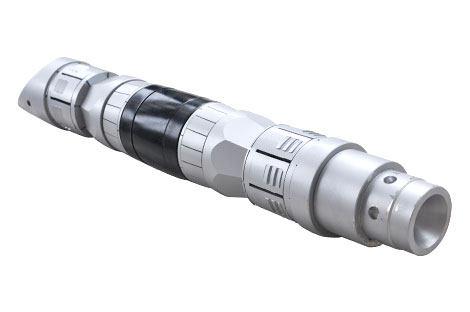Dissolvable technology has been a successful innovation that has evolved over time, meeting a need in a field that has never been without difficulties. Today, in all wellbore or downhole situations, dissolvable frac plugs are a common, if not typical, part of most well completions. In long laterals with a greater stage density, dissolvable plugs have shown to be particularly effective.
Dissolvable plugs are becoming necessary as operators drill longer laterals that require more stages since drilling out of deeper holes is more challenging. In less than ten years after dissolvables first appeared on the market, makers have quickly improved and made significant technological advancements in response to the difficulties posed by horizontal parts.
Barnett Beginnings
The most widely used method for completions was sliding-sleeve technology in the early 2000s, when output started to increase significantly. In order to activate a seat and open the ports for hydraulic fracturing, it included a progressive ball-seat system in which progressively bigger balls were dropped.
Composite plugs had already entered the scene by this point. The design still had cast-iron slips that were challenging to drill out and remove from the wellbore, while being a clear improvement over prior cast-iron plug technology. The cost of the coiled tubing method, which was necessary for cleanout, made up a sizeable amount of the overall completion expenditures. The procedure was also difficult, dangerous, and time-consuming. The notion of a plug that would simply vanish, taking all of these problems with it, was not yet a tangible goal.
Over time, when operators used composite plugs more frequently, various flaws in plug-and-perf technology became apparent. Sometimes the process' tremendous pressure would push the balls into the seats, necessitating drill out. The removable plug was the logical next step.
An Early Competitive Advantage
The ideal composition of a dissolvable substance depends on a number of factors, including temperature and chemistry, depending on the application. The majority of alloys used in today's dissolvable plugs are magnesium-based, necessitating a thorough understanding of the chemistry of the well fluid by the operator in order to accurately predict how long the plug will take to dissolve.
However, downhole chemistry is always changing. From the vertical part to the heel and then to the lateral toe, there are significant differences. On a multi-well pad, it can vary from one well to the next. Both the initial water supply and the liquid being put into the well have an impact on it. The timing of plug dissolution is difficult to anticipate because there are so many variables.
The MVP was a true industry disruptor since it achieved consistency and early market domination and showed that the idea of a dissolvable plug was viable. Operator desire for innovations that may speed up production was considerable at the time of the product's launch in 2014, making the arrival of dissolvable technology possibly the most significant development since the invention of horizontal drilling. The potential of dissolvable plugs to ultimately eliminate the need for millout further justified their economic case.
Since then, companies offering well services and plug technology have kept coming up with inventive new ways to boost production efficiency. Today, a well's production costs roughly 60% less than it did in 2014.
Solving the Permian Problem
The Permian Basin has been one of the busiest and most successful shale plays worldwide since 2013. The industry's first dissolvable plug, albeit incredibly efficient above 175°F, was not the best fit for the Permian's somewhat lower temperature environment.
The industry now has access to a plug with the ability to transmit to depth, anchor, seal, and deploy from the setup sequence, as well as appropriately operate as a barrier during multi-stage stimulation, six years after dissolvable technology became commercially available; and predictably degrade across a full range of wellbore characteristics.
Making Sustainable Profitable
Another advantage to dissolvable plugs is their ability to reduce carbon emission intensity in a scalable way that can be applied on a per-well basis. According to a recently commissioned environmental impact study by Environmental Resources Management, a leading global provider of environmental, health, safety, risk, and social consulting services, there is a significant and immediate reduction in greenhouse gas emissions when using a dissolvable plug versus a composite plug.
Innovations for Now and Beyond
Dissolvables are being used more frequently, which has increased the demand for knowledge and assistance in choosing the best plug for a certain wellbore condition. For instance, downhole tool manufacturers must keep a sufficient stock of material to support a wide range of chemical fluid compositions. Smaller businesses run the risk of overpromising and overleveraging with enormous inventory that they cannot sustain profitably. In order to control these variables and the dangers that come with them, true engineering prowess is necessary.
During pump down through return to surface, astute operators will increase demand for tools to provide precise composition profiles, including chloride content, suspended particles, and fluid content, to expose the ingredients and ratios required for successful dissolving.
Dissolvable plugs have made a remarkably rapid transition from cutting-edge market disruptor to revolutionary mainstream. Their adoption has been significantly influenced by the most recent incremental developments. They can be safely assumed to be here to stay.
